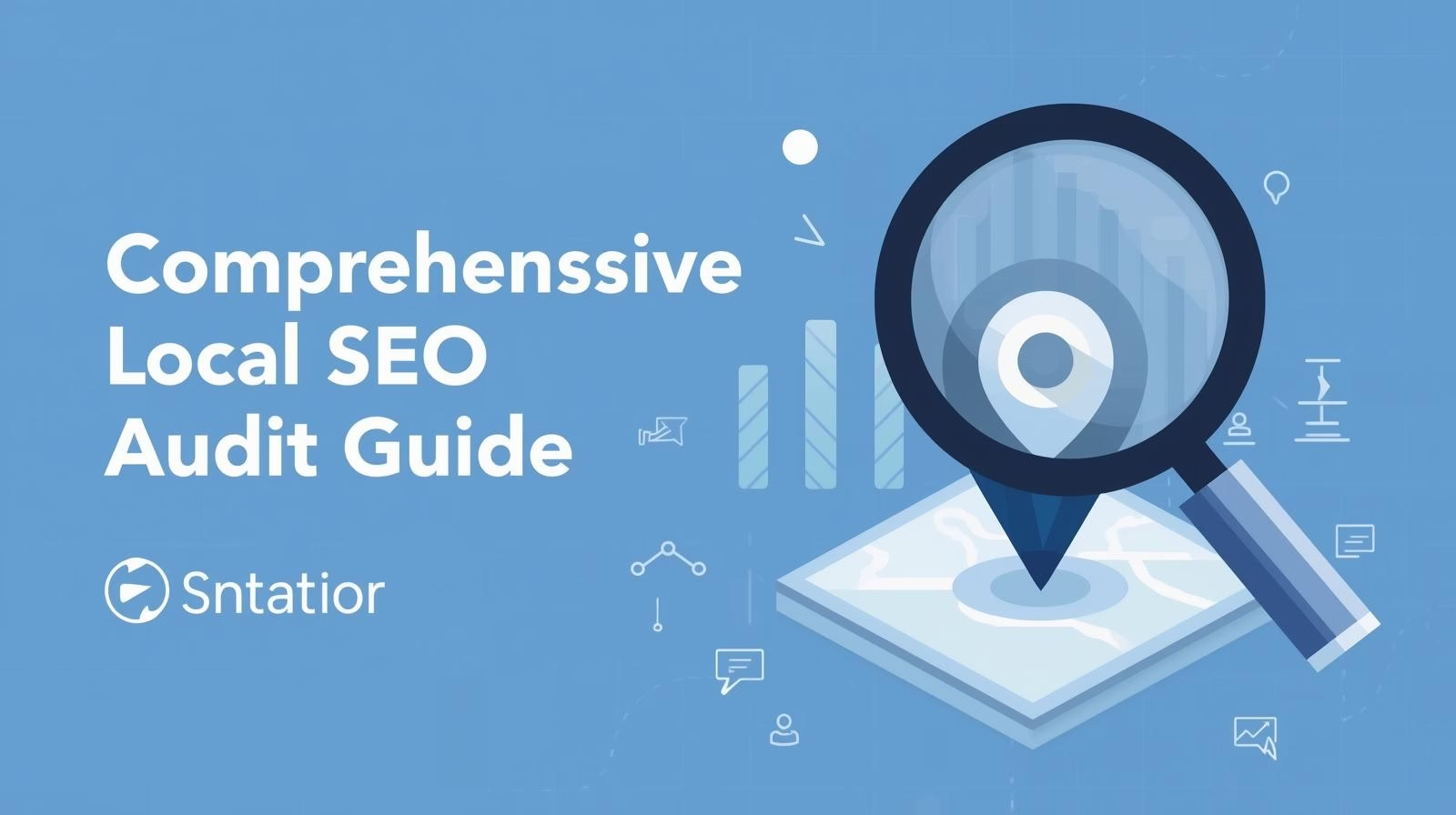The Secret Power of Long-Tail Keywords
If you’ve ever wondered how smaller websites manage to compete with big brands on Google, the answer lies in long-tail keywords.
Unlike short, competitive keywords (like “SEO tools”), long-tail keywords are more specific phrases think “best free SEO tools for small businesses.” These targeted searches not only attract the right audience but also convert far better.
In this in-depth guide, we’ll break down exactly how to find long-tail keywords using the Top 10 SEO Tools and proven methods. You’ll learn how to discover what your audience is searching for, evaluate keyword intent, and build a winning SEO strategy that drives long-term organic growth.
What Are Long-Tail Keywords?
Before we jump into the strategies, let’s clarify what long-tail keywords are.
A long-tail keyword is a search phrase that typically contains three or more words, is highly specific, and often has a lower search volume but higher intent.
Examples:
“best SEO tools for beginners”
“how to start a blog for free”
“affordable WordPress hosting for small businesses”
While each of these phrases may not get massive traffic individually, collectively, they can bring in highly targeted visitors who are ready to take action whether that’s subscribing, purchasing, or signing up.
Why they matter:
Easier to rank for (less competition)
Higher conversion rates
Perfect for voice search and featured snippets
Great for new or small websites
Why Long-Tail Keywords Are Essential for SEO Success
You might think targeting popular short keywords is the goal but here’s the truth: the internet is crowded, and ranking for short, generic keywords like “SEO” or “marketing” is almost impossible for most sites.
That’s where long-tail keywords shine. They allow you to carve out your own SEO niche.
Here’s what makes them so powerful:
They capture search intent – You can tailor your content to exactly what users want.
They bring consistent organic traffic – While each keyword brings a small number of visitors, dozens of these can add up.
They’re cost-effective for paid ads – CPC (cost per click) is usually lower.
They’re voice-search-friendly – People now speak their searches in natural language, which often matches long-tail queries.
How to Find Long-Tail Keywords (Step-by-Step Guide)
Now that you understand their importance, let’s explore how to find long-tail keywords effectively.
1. Start with Google’s Own Data
a. Google Autocomplete
When you start typing a phrase in Google, it automatically suggests popular searches.
For example, type “best SEO tools” and you might see:
best SEO tools for beginners
best SEO tools for eCommerce
best SEO tools for WordPress
Each of these is a potential long-tail keyword.
b. “People Also Ask” Section
Scroll through the results and note down the “People Also Ask” questions. These are actual user queries perfect for building long-form content or FAQs.
c. Related Searches
At the bottom of every search results page, Google shows related searches. These can help you find additional variations and subtopics to cover.
2. Use Keyword Research Tools (Top 10 SEO Tools)
Keyword research tools make it easier to uncover thousands of keyword opportunities in minutes. Here are the Top 10 SEO Tools you can use:
Google Keyword Planner – Free and accurate, ideal for search volume and CPC data.
Ahrefs Keyword Explorer – Excellent for keyword difficulty, click potential, and competitive insights.
SEMrush – A robust tool for keyword research, content gap analysis, and SERP tracking.
Ubersuggest – User-friendly with helpful keyword suggestions and trends.
AnswerThePublic – Visualizes questions people ask around your topic.
KeywordTool.io – Pulls keyword ideas from Google, YouTube, Bing, and Amazon.
Moz Keyword Explorer – Known for its “Priority Score” and SERP analysis.
LongTailPro – Specially designed for finding profitable long-tail keywords.
Soovle – Aggregates keyword ideas from multiple sources.
Google Trends – Reveals seasonal trends and rising queries.
Combine multiple tools for best results each one gives unique insights into search intent, volume, and competition.
3. Analyze Competitor Keywords
Your competitors are goldmines for inspiration.
Use Ahrefs, SEMrush, or Ubersuggest to analyze their top-ranking pages. Identify which long-tail keywords they’re ranking for and then create better, more helpful content targeting the same or related keywords.
Pro Tip: Don’t just copy; improve. Add visuals, better explanations, and updated data to stand out.
4. Use Forums, Reddit, and Quora
These platforms reveal real questions your audience is asking in their own words.
Search for your topic (e.g., “SEO tools”) on Reddit, Quora, or niche forums. You’ll find dozens of detailed queries like:
“Which SEO tools are best for small agencies?”
“How to use free SEO tools for keyword ranking?”
Each of these can become a long-tail keyword or even a blog post idea.
5. Mine YouTube Suggestions
YouTube is the second-largest search engine. When you type a keyword in the YouTube search bar, it shows auto-suggestions many of which differ from Google’s.
For example, typing “SEO tools” might show:
best free SEO tools 2025
SEO tools for YouTube videos
SEO tools tutorial
If your audience prefers visual content, these keywords can guide both blog and video topics.
6. Check Your Own Website Data
If you already have a website, your Google Search Console data is invaluable.
Head to Performance → Search Results to see which queries your site already ranks for. You’ll often find long-tail variations you can build on or optimize further.
Example: If you rank for “best SEO tools,” create content around “best free SEO tools for beginners” or “top SEO tools for agencies.”
7. Combine Keywords to Form Clusters
Once you’ve collected several long-tail keywords, group them into topic clusters.
Example cluster:
Main topic: Best SEO Tools
Supporting keywords:
top 10 SEO tools for beginners
best free SEO tools for small businesses
how to use SEO tools for keyword research
This helps build topical authority and improve internal linking, which boosts your site’s visibility across multiple keywords.
Bonus Tip: Understand Search Intent
Every long-tail keyword has a purpose behind it. Understanding that intent helps you create content that satisfies users and ranks higher.
Informational intent: “What are the best free SEO tools?”
Transactional intent: “Buy SEO software for small business”
Navigational intent: “Ahrefs keyword explorer login”
Tailor your content format accordingly guides, product pages, comparisons, or tutorials.
Common Mistakes to Avoid When Finding Long-Tail Keywords
Ignoring search intent – Ranking for the wrong intent leads to high bounce rates.
Overusing keywords – Keyword stuffing hurts readability and SEO.
Relying on one tool – Use multiple tools for better accuracy.
Not tracking results – Always monitor which keywords are driving clicks and conversions.
Start Finding Long-Tail Keywords Today
Finding long-tail keywords isn’t just an SEO tactic it’s a growth strategy. By targeting specific, intent-driven searches, you attract qualified visitors who are genuinely interested in your offerings.
Start by using Google’s data, explore with the Top 10 SEO Tools, analyze competitors, and track your progress. The more you refine your keywords, the more traffic and conversions you’ll earn over time.
FAQ: How to Find Long-Tail Keywords
1. What is the best free tool for finding long-tail keywords?
Google Keyword Planner and AnswerThePublic are great free tools that provide keyword suggestions directly from search data.
2. How many words make a long-tail keyword?
Typically, long-tail keywords contain three or more words, but the main factor is specificity rather than length.
3. How do I know if a long-tail keyword is worth targeting?
Check its search volume, keyword difficulty, and intent. Use tools like Ahrefs or SEMrush to analyze potential traffic and competition.
4. Can long-tail keywords improve my ranking quickly?
Yes, since competition is lower, you can rank faster especially if your content matches user intent perfectly.
5. Should I use long-tail keywords in titles or headings?
Absolutely! Use them naturally in your titles, meta descriptions, and headings to boost relevance and visibility.


